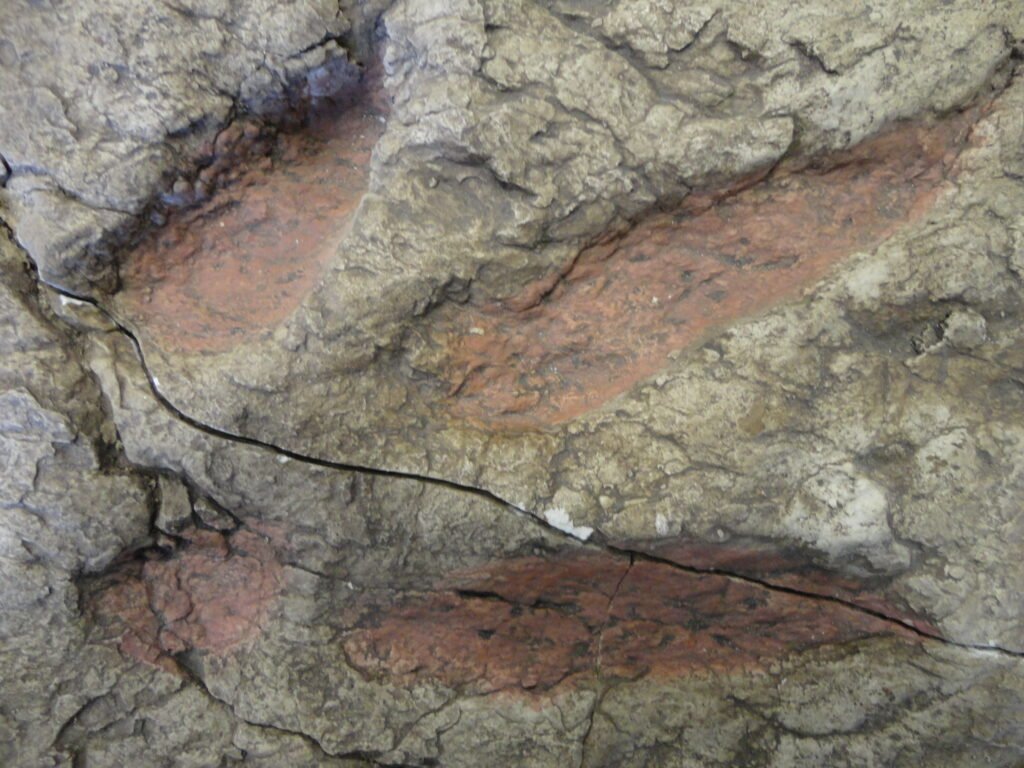Imagine wandering through a sunlit Italian valley and stumbling upon a scene that seems ripped straight from a prehistoric dream—a rocky surface covered with enormous, three-toed footprints, as if a troupe of dinosaurs had been caught mid-tango millions of years ago. These extraordinary dino-footprint sites across Italy are not just relics of the past; they’re portals into a world where giants danced across muddy plains and left behind a breathtaking natural mosaic. The sight of these tracks, clustered and crisscrossed, has inspired scientists and visitors alike, earning them the playful nickname “Jurassic dance floors.” Their discovery has not only captivated imaginations but also challenged what we thought we knew about dinosaurs, their behavior, and the landscapes they once ruled. With every new track uncovered, Italy’s ancient grounds invite us to step back in time, to witness the choreography of creatures who once reigned supreme.
The Magic Beneath Our Feet
Beneath Italy’s picturesque hills and olive groves lies a hidden world that most people never get to see—a landscape marked by the footprints of enormous dinosaurs. What makes these sites so enchanting is the sheer scale and clarity of the tracks. Some are so well preserved that you can almost make out the texture of the animal’s skin or the splay of their toes. It’s as if the earth itself has pressed “pause” on a moment from 200 million years ago. These prints are more than just fossils; they’re nature’s own time capsules, offering a direct connection to the creatures that once thundered across this land. For many visitors, the first glimpse of these ancient tracks is almost surreal, like stumbling onto the set of a prehistoric ballet.
Why “Dance Floors”? The Curious Cluster Effect
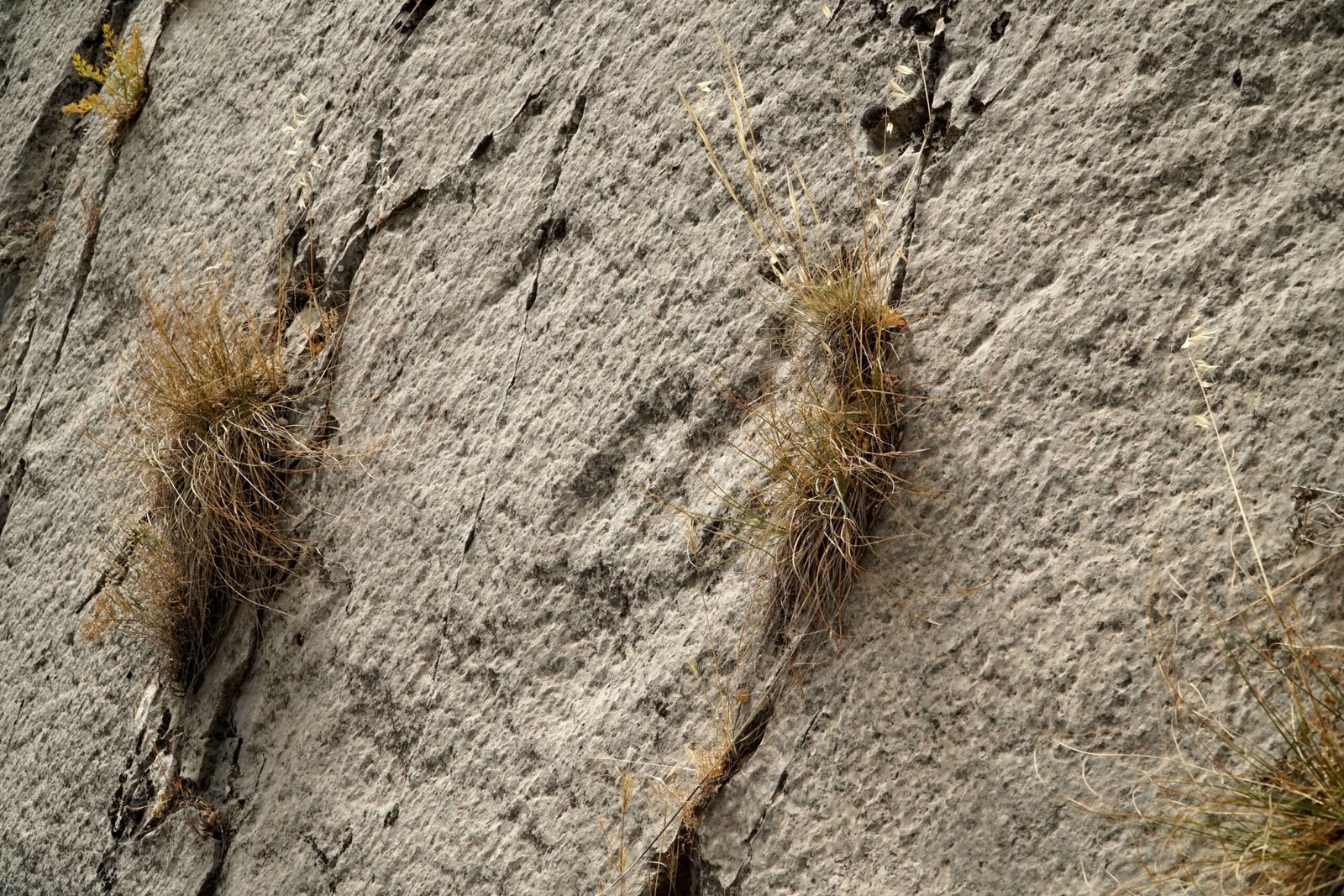
One of the most striking features of Italy’s dino-footprint sites is the way the tracks seem to cluster, overlap, and swirl across the limestone. Scientists and visitors alike have been amazed by these patterns, which look uncannily like the scuffed floors of a busy dance hall. Instead of the neat, single-file lines many expect, these tracks often cross and circle, suggesting moments of lively activity. Some paleontologists believe these patterns could point to social behavior—perhaps dinosaurs moving together, following each other, or interacting in ways we’re only beginning to understand. The density and arrangement of the prints make these sites utterly unique, hinting at complex behaviors in a world we can only imagine.
From the Alps to Sicily: A National Treasure Trove
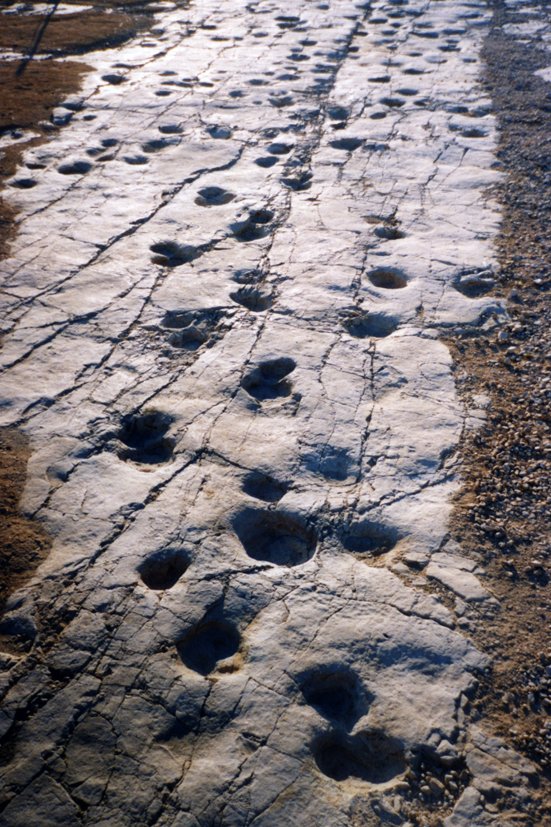
Italy is blessed with a surprising number of dinosaur trackways, scattered from the mountainous north to the sun-baked south. In the Dolomites, high above the tree line, ancient slabs reveal the tracks of hulking sauropods and nimble theropods. Central Italy’s Apennine hills, too, are dotted with sites where footprints ripple across the stone like echoes of an ancient parade. Down in southern regions and on islands such as Sicily, new discoveries are still being made, sometimes in the unlikeliest places—quarries, riverbeds, and cliff faces. This geographic spread shows that, long before Italy became a patchwork of vineyards and villages, it was a crossroads for colossal life forms.
A Window Into Dinosaur Behavior
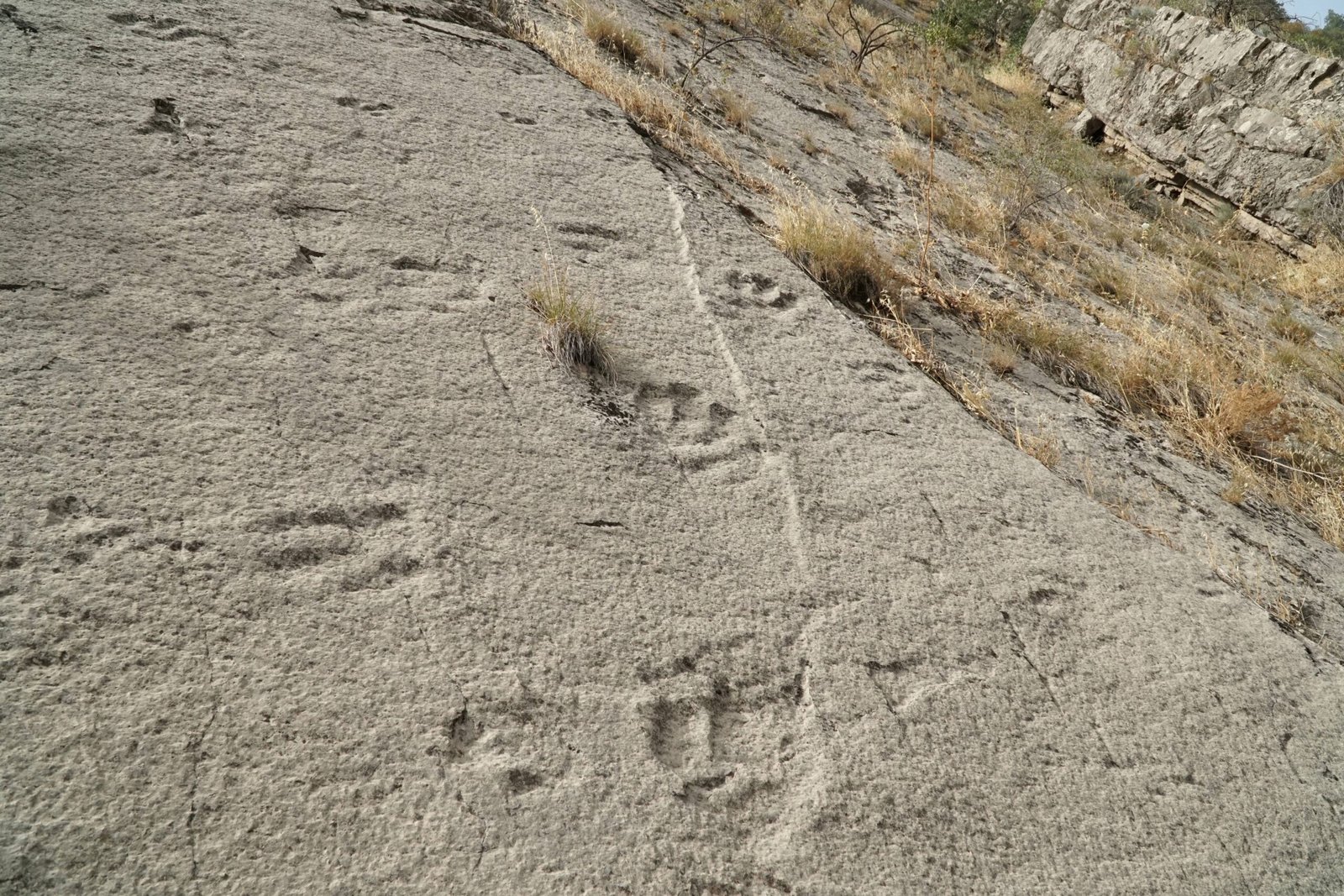
What makes these Italian sites truly remarkable is the glimpse they offer into the actual lives of dinosaurs, not just their bones. While skeletons can tell us what a dinosaur looked like, footprints reveal how it moved, how big it was, and even how it interacted with others. In some places, prints of predators and prey are frozen side by side, suggesting tense chases or dramatic encounters. There are even “trackways” showing herds moving together, young walking beside adults, or individuals stopping and turning—a prehistoric storybook written in stone. These details have revolutionized our understanding of dinosaur social lives and environmental interactions.
How Footprints Become Fossils

The transformation from a squishy footprint in mud to a rock-solid fossil is a story millions of years in the making. When a dinosaur stepped onto soft ground, its weight pressed a deep impression into the mud or sand. Over time, layers of sediment washed in, gently covering and protecting the print. As the earth shifted and ages passed, minerals slowly replaced the original mud, turning it to stone. Today, erosion and human curiosity reveal these tracks once more. This extraordinary process means each footprint is a snapshot, perfectly preserved through unfathomable stretches of time.
Uncovering the Tracks: The Work of Italian Paleontologists
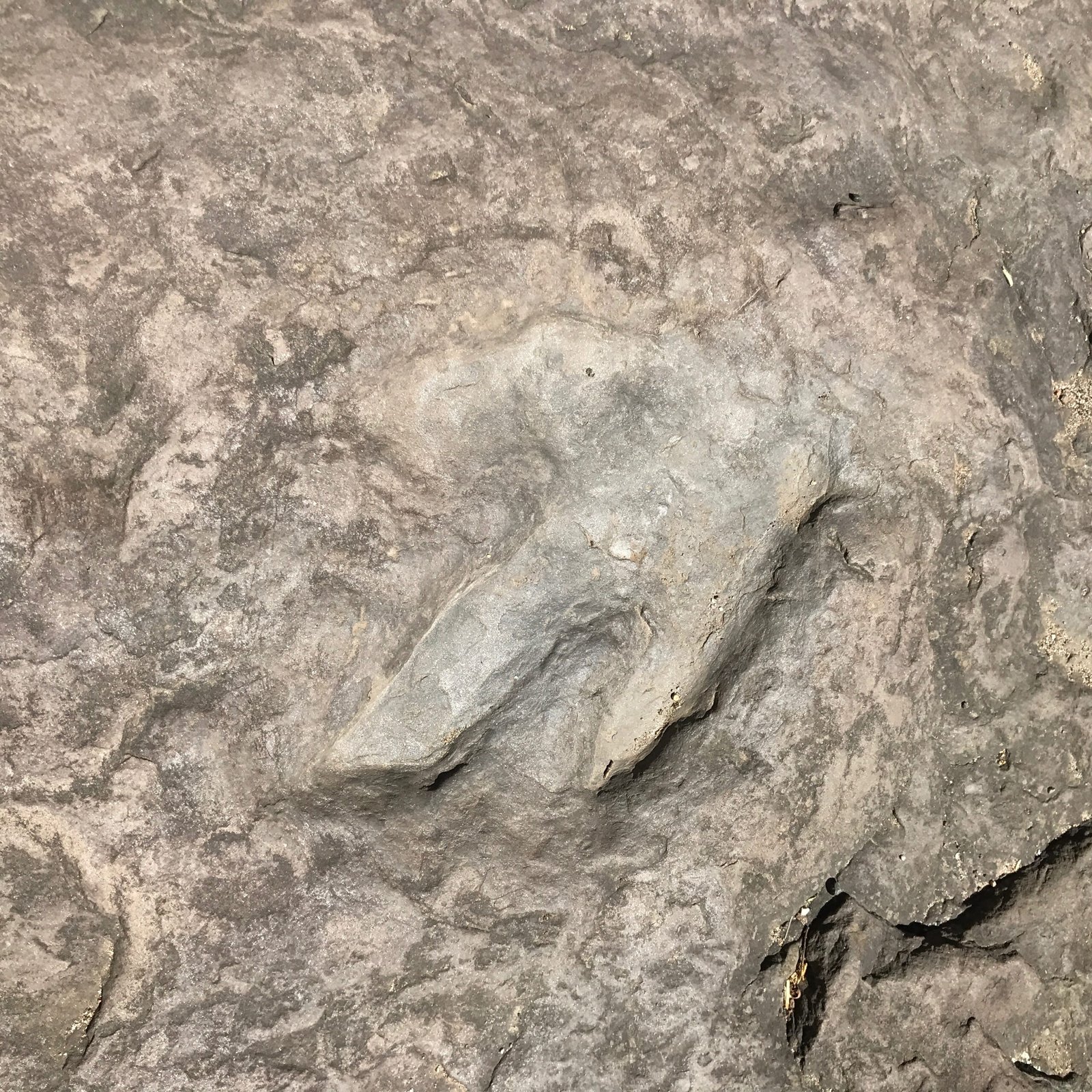
The search for dinosaur footprints in Italy is like a treasure hunt, demanding sharp eyes and endless patience. Teams of paleontologists often hike remote trails or descend into old quarries, scanning for the telltale shapes among thousands of rocks. When a new site is discovered, the excitement is electric—photos are snapped, measurements taken, and sometimes, giant rubber molds are made to capture every groove and detail. Italian scientists have developed special techniques for mapping and preserving these sites, ensuring the tracks are protected for future generations. Their work is a blend of detective story, adventure, and art.
Tourism and Education: Bringing the Past to Life
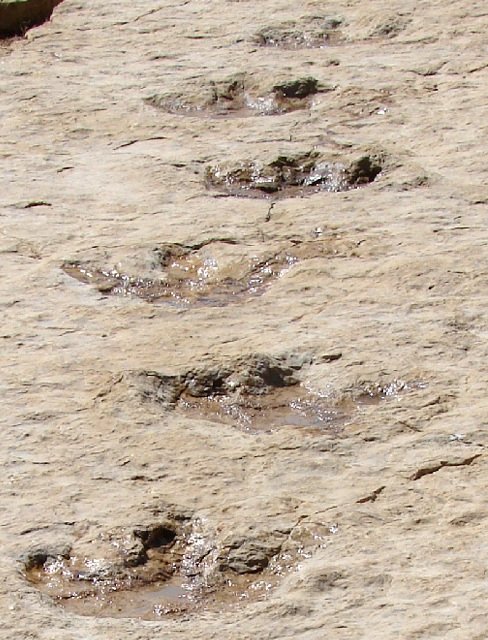
Many of Italy’s dino-footprint sites are now open to the public, offering a rare chance to walk alongside the giants of prehistory. Families, students, and travelers from around the world come to marvel at these ancient marks, often guided by passionate local experts. Museums have sprung up near the tracks, featuring interactive exhibits, lifelike models, and even workshops where kids can make their own “fossils.” These experiences ignite curiosity and wonder, transforming dry facts into vivid, unforgettable memories. For many, the thrill of touching a real dinosaur footprint is a moment that lingers for a lifetime.
Protecting an Irreplaceable Legacy
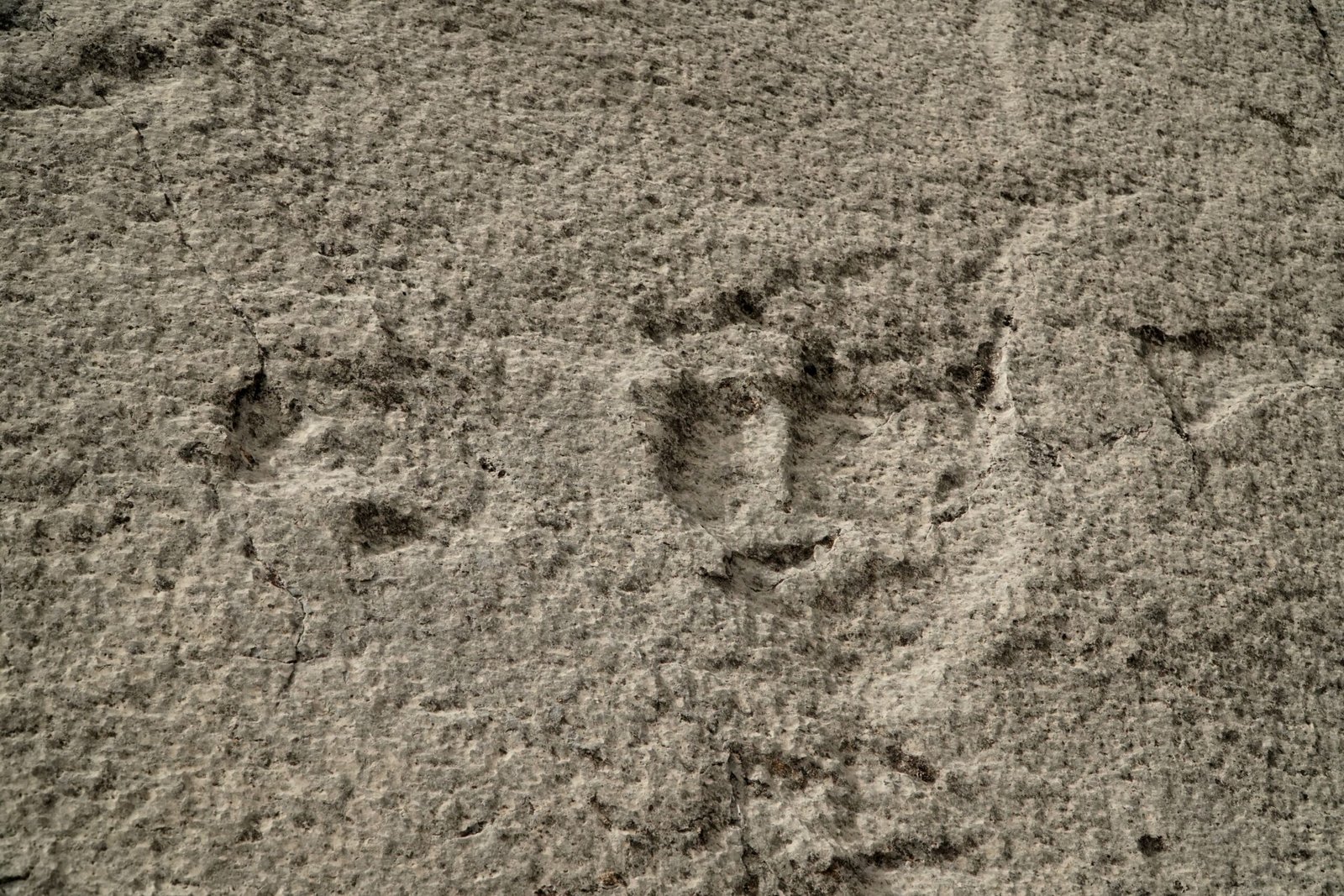
With their growing popularity, Italy’s dinosaur footprint sites face new challenges. Erosion, vandalism, and urban development all threaten these fragile treasures. Scientists and conservationists are working hard to shield the tracks, sometimes covering them with protective mats or even relocating entire slabs to museums. Laws have been strengthened to make sure that these sites remain undisturbed, but public awareness is crucial. By learning about these ancient wonders, visitors can help ensure they’re preserved—not just as scientific relics, but as sources of awe and inspiration for generations to come.
The Science of “Reading” Footprints
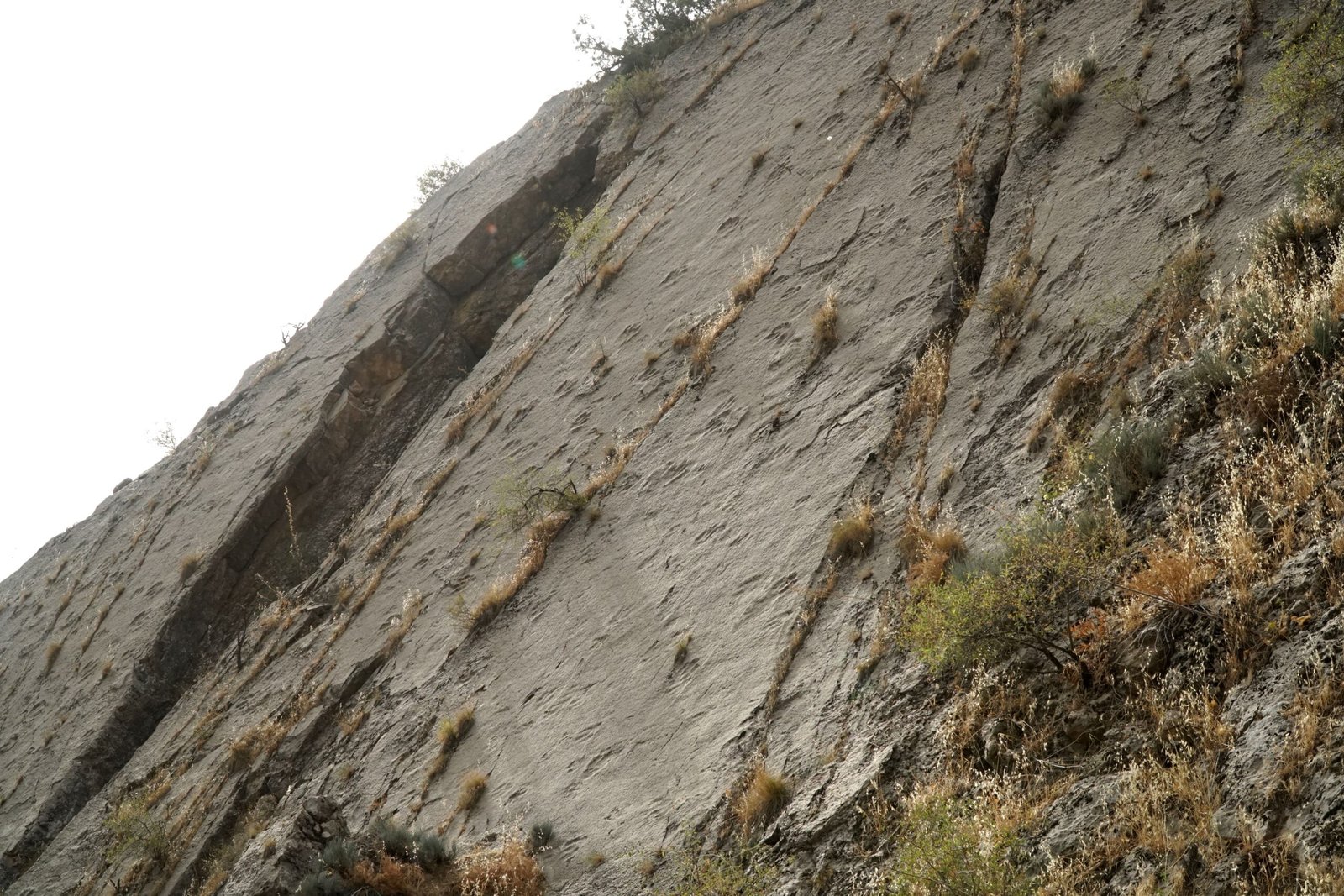
Interpreting ancient footprints is both an art and a science. Experts use sophisticated tools, from 3D scanning to chemical analysis, to decode the secrets hidden in every track. The depth of a print can reveal a dinosaur’s weight, while subtle scratches hint at speed or direction. Sometimes, a closer look uncovers claw marks or evidence of slipping and sliding—little dramas frozen in time. These insights help paleontologists reconstruct entire prehistoric scenes, turning a jumble of footprints into a living, breathing world. It’s like piecing together a giant, three-dimensional puzzle with clues scattered across millions of years.
Surprising New Discoveries
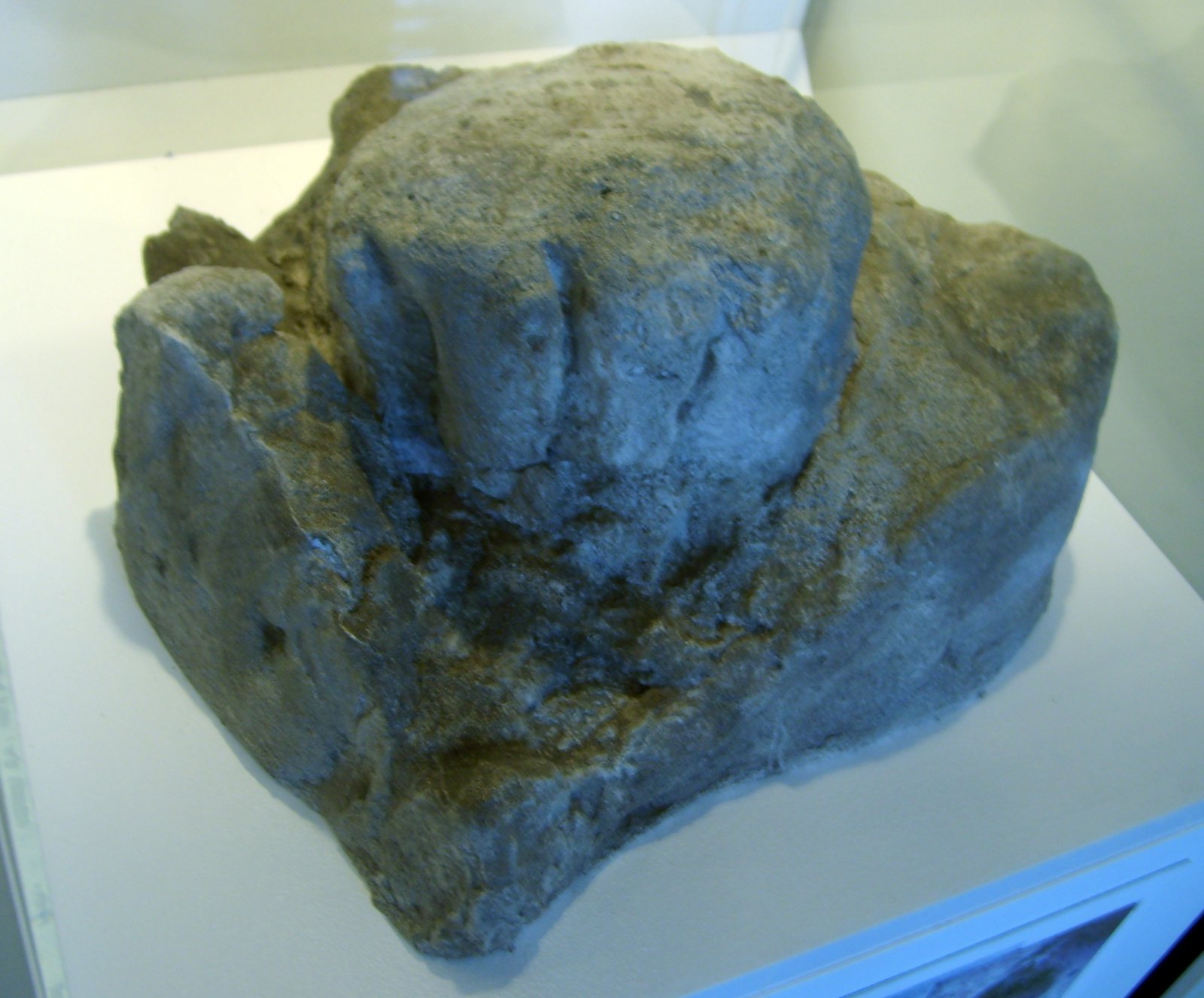
Even today, Italy’s dino-footprint sites continue to surprise. Recent discoveries have included bizarre, never-before-seen track shapes, suggesting unknown species or unusual behaviors. In some places, scientists have uncovered “trackways within trackways,” where younger dinosaurs walked directly in the prints of larger ones—perhaps for safety or play. These fresh finds challenge old assumptions and spark lively debate among researchers. With each new layer revealed, the story grows richer, reminding us how much there is still to learn about Earth’s distant past.
Italy’s Jurassic Legacy: A Living Connection

The sight of a dinosaur footprint in solid rock is a powerful reminder of how the past and present are woven together. Standing in the very spot where a giant once stepped, it’s impossible not to feel a sense of wonder—and humility. These ancient tracks are more than just marks in stone; they are invitations to imagine, to question, and to connect with a world far older and more mysterious than our own. The legacy of Italy’s “Jurassic dance floors” endures, calling out to every curious mind with the promise of discovery and awe.

